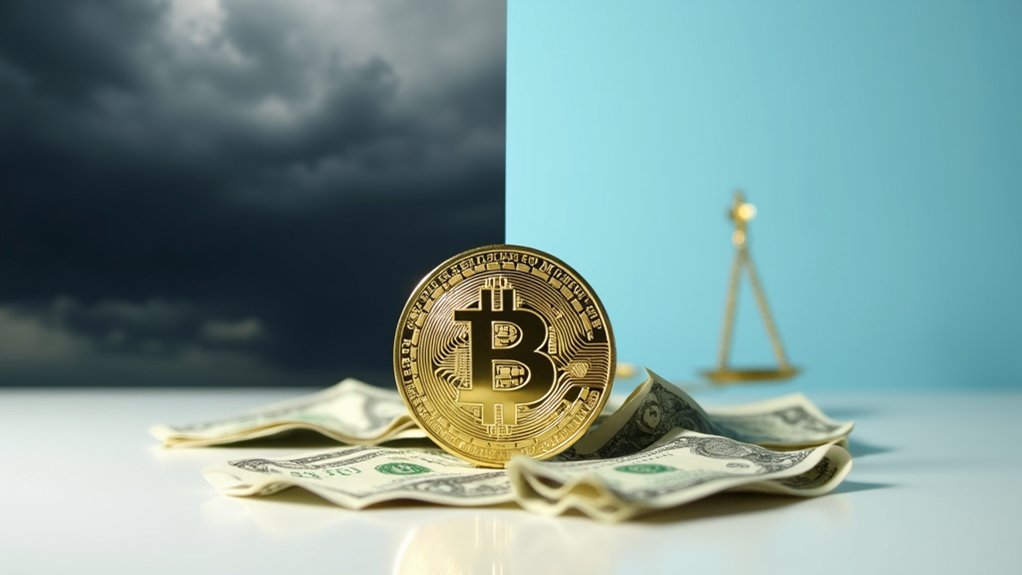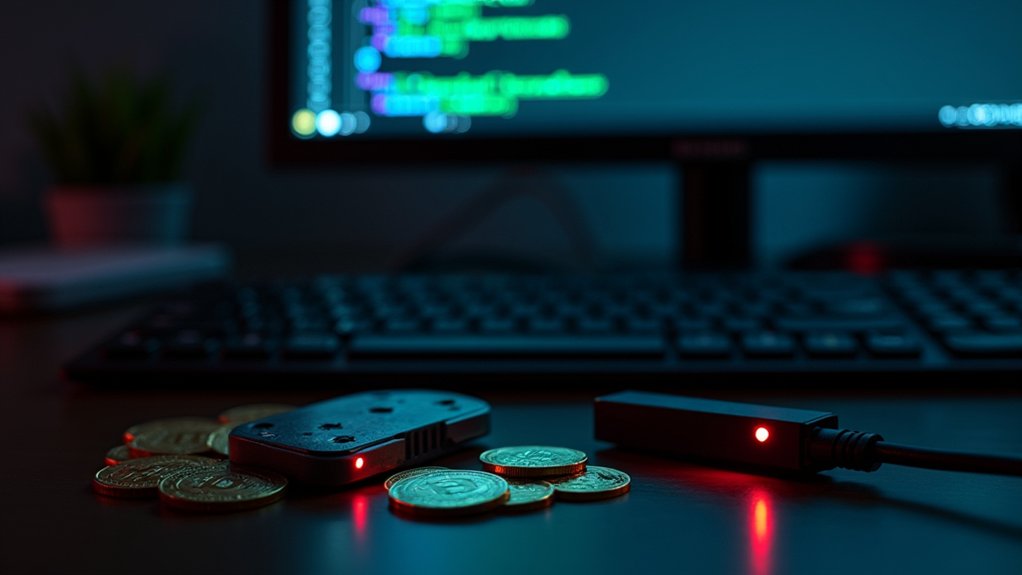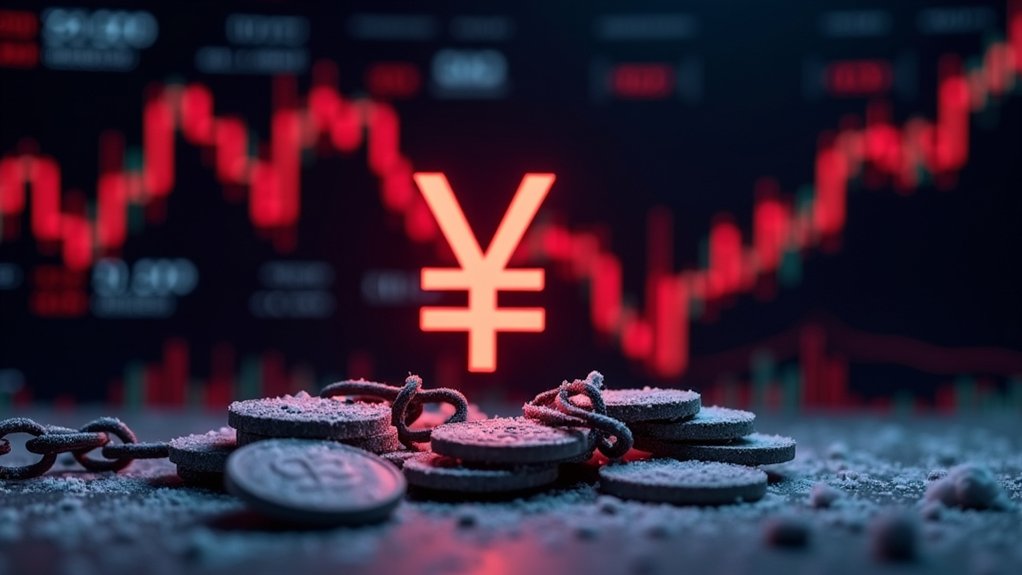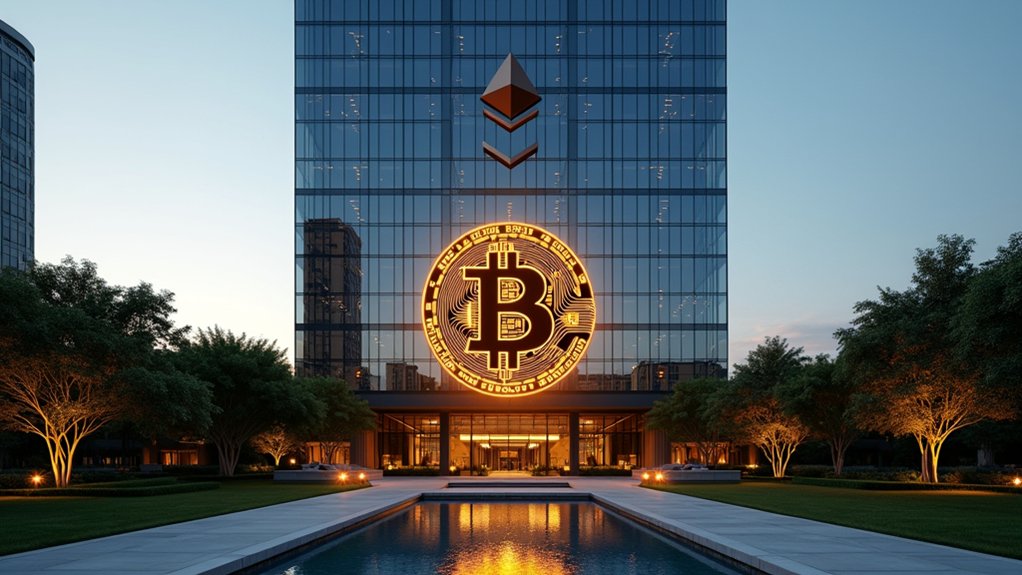Robert Kiyosaki, the outspoken financial commentator, has taken a nuanced stance on Bitcoin. He acknowledges it could be a scam—but here’s the kicker—he believes the US dollar is an even bigger one. Ironic, isn’t it? The very currency in your wallet, manipulated by the Federal Reserve and threatened by mounting national debt. At least that’s what Kiyosaki claims.
Bitcoin offers distinct advantages: no third-party seizure, minimal transaction costs, and enhanced privacy. With a fixed supply limit of only 21 million coins, Bitcoin provides protection against inflation unlike traditional fiat currencies. Try hiding a million dollars under your mattress without raising eyebrows. With Bitcoin? No problem.
But it’s not all digital roses. The cryptocurrency’s infamous volatility, environmental impact, and limited acceptance as payment make it a risky proposition.
Meanwhile, the greenback faces its own existential crisis. Centralized control, potential inflation, and susceptibility to political whims don’t exactly inspire confidence. Yet it remains relatively stable and globally accepted. Your local grocery store probably isn’t taking Bitcoin anytime soon.
The comparison is stark. Bitcoin: decentralized, fixed supply, transparent but volatile. USD: centrally controlled, potentially unlimited supply, relatively stable but potentially corrupted. Choose your poison.
Kiyosaki’s advice? Own Bitcoin directly, not through ETFs. He views it as a hedge against dollar collapse. Smart thinking or paranoia? Time will tell.
For investors weighing options, both assets offer different strengths. Bitcoin could deliver astronomical returns—or spectacular losses. The dollar provides stability—until it doesn’t. Approximately 20% of U.S. adults now own some form of cryptocurrency, showing a growing acceptance of digital alternatives to traditional currency. With Bitcoin currently trading at 85,078 and showing remarkable yearly growth, more investors seem to be heeding Kiyosaki’s warnings.
Perhaps the wisest approach isn’t choosing sides but understanding both systems’ fundamental differences. Welcome to the financial Wild West.





